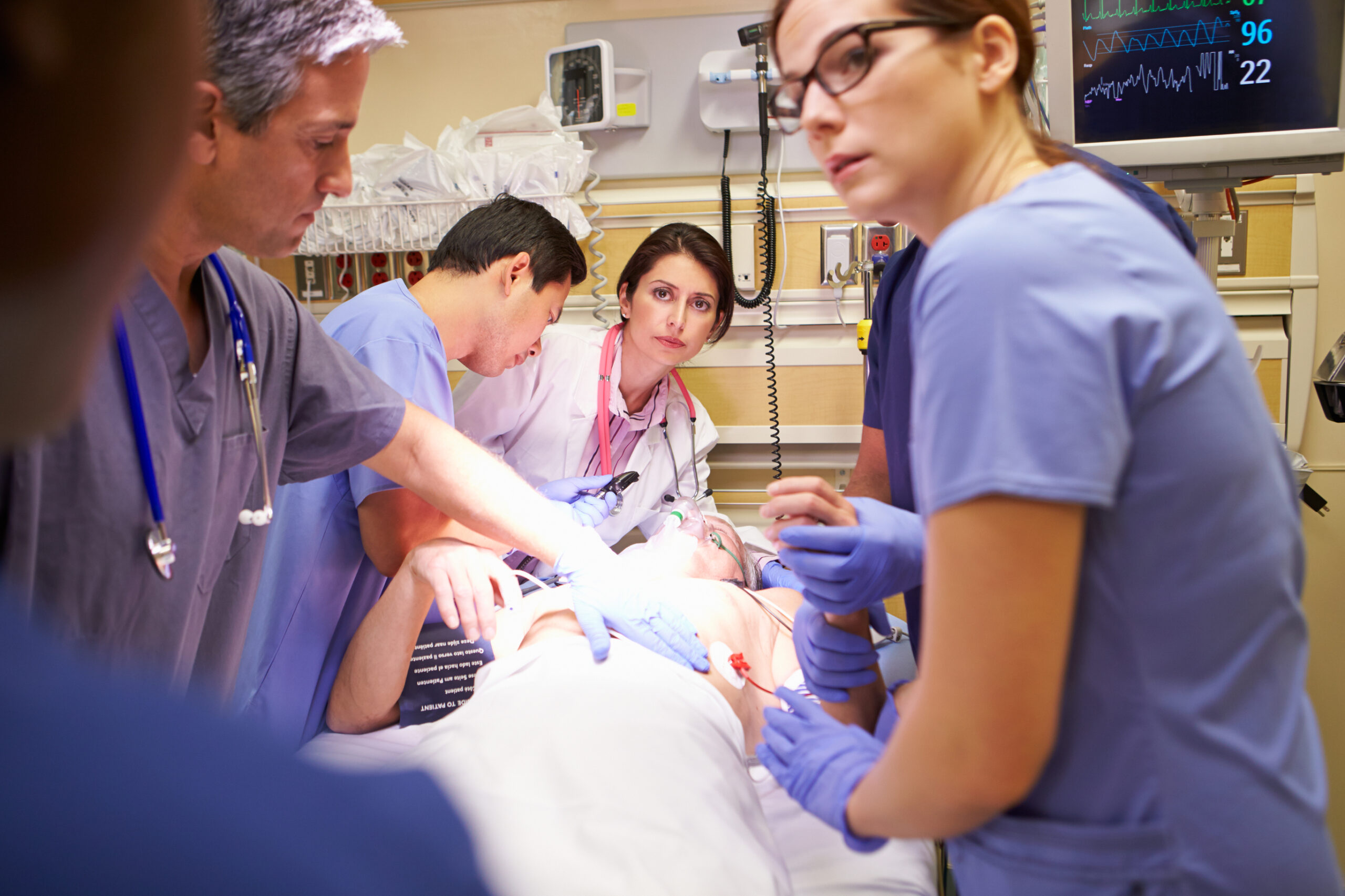It’s no question that preparing for the 2016 ABEM Emergency Medicine Certification Exam will be difficult. Below are the 21 topics (and their respective weighting on the exam) that you will be expected to know in order to pass.
- 3% Administrative and Legal Aspects, Disaster Medicine, and Emergency Medical Services
- 11% Cardiovascular Disorders
- 3% Dermatologic Disorders
- 5% Ear, Nose & Throat
- 2% Endocrine, Metabolic, & Nutritional Disorders
- 7% Gastrointestinal and Abdominal Disorders
- 2% Hematologic, Oncologic, and Immunologic Disorders
- 4% Infectious Diseases
- 3% Nephrologic Disorders
- 6% Neurologic Disorders
- 6% Obstetrics and Gynecology
- 3% Ophthalmologic Disorders
- 6% Orthopedic Disorders
- 5% Pediatric Disorders
- 2% Pharmacology
- 2% Procedures & Skills
- 6% Pulmonary & Respiratory Disorders
- 3% Psychiatric and Behavioral Disorders
- 6% Toxicology and Environmental Disorders
- 12% Traumatic Disorders
- 3% Urogenital Disorders
Do you want to be sure that you’re ready for exam day? Practice questions are considered one of the best ways to prepare for the exam among Emergency Medicine residents.
Test your knowledge below with two free questions from the BoardVitals Emergency Medicine Board Review Questions.
Question 1
Which of the following injuries are considered unstable?
A.) Unilateral facet dislocation
B.) Bursting fracture of the vertebral body
C.) Transverse process fracture
D.) Clay shoveler’s fracture
E.) Flexion teardrop fracture
Answer
E.) Flexion teardrop fracture
Explanation
Correct answer: (E) Flexion teardrop fracture. Explanation: A flexion teardrop fracture occurs when there is severe flexion causing a wedge-shaped fragment of the anterior portion of the vertebral body. It involves both anterior and posterior ligamentous disruption, which usually results in neurologic injury due to anterior displacement. (A) Unilateral facet dislocation occurs with flexion and rotation and is a stable dislocation as opposed to a bilateral facet dislocation, which is an unstable injury. (B) Burst fractures occur from vertical compression from above or below the vertebral body and the nucleus pulposus is forced into the vertebral body, which shatters outward. (C) Transverse processes are bilateral extensions that protrude from the vertebral body on each side that serve as an attachment for muscles and ligaments. Although this fracture may be painful and cause some bleeding, it is considered stable and does not cause any nerve or cord injury. (D) Clay shoveler’s fracture is of the tip of the 6th or 7th spinous process of the cervical vertebra. This is classically named from fractures sustained by traction as workers shoveled clay.
Reference
Kaji AH, Newton EJ, & Hockberger RS. Chapter 43. Spinal injuries. In: Marx JA, Hockberger RS, Walls RM, et al., eds. Rosen’s Emergency Medicine: Concepts and Clinical Practice. 8th ed. Philadelphia, PA: Elsevier Mosby; 2012.
Question 2
A 26-year-old female complains of headache. She states that these headaches are normal for her. She generally gets them when she is stressed out. Her mother has a history of headaches too. She says that she usually sees spots with these headaches. Which of the following is this patient suffering from?
A.) Migraine without aura
B.) Classic migraine
C.) Cluster headache
D.) Trigeminal neuralgia
E.) Sinus thrombosis
Answer
B.) Classic migraine
Explanation
Correct answer: (B) Classic migraine. Explanation: Migraines are common types of headaches and account for millions of ED visits. Patients may experience incapacitating headaches that can last from 4-72 hours. They typically occur in women more than men and start in the 2nd decade of life. Classic migraines, or migraines with aura, account for 20% of cases and are generally preceded by neurologic symptoms such as visual changes (scotomas, fortification spectrums, etc). Other less common auras include language or cognitive disorders, tingling, numbness or motor disturbances. (A) Migraines without aura are the most common type of migraine, accounting for approximately 80% of cases. (C) A cluster headache is a headache syndrome that affects young-to-middle aged men most. It occurs with little warning and in multiple episodes lasting from 15 minutes to 3 hours. It is described as one-sided, sharp or stabbing behind the eye. Additionally, ipsilateral autonomic symptoms may manifest as ptosis, miosis and sweating. (D) Trigeminal neuralgia is a painful unilateral facial phenomenon that is described as quick, sharp, shock-like pains that manifest along the distribution of the trigeminal nerve. Pain can be exacerbated by minor sensations such as wind, washing, shaving or subtle movements. Each attack is brief and lasts a few seconds. (E) Sinus thrombosis needs to be a strong consideration in any differential diagnosis for headache. Symptoms of sinus thrombosis are nonspecific such as headache, seizure, somnolence and/or focal neurological deficits. Common findings with cavernous sinus thrombosis include cranial nerve deficits, especially ocular muscle dysfunction. Risk factors include hypercoagulability (pregnancy, genetic disorders, oral contraceptives, etc.), systemic inflammatory disorders, and/or vasculitis.
Reference
Kwaitkowski T & Friedman BW. Chapter 103. Headache Disorders. In: Marx JA, Hockberger RS, Walls RM, et al., eds. Rosen’s Emergency Medicine: Concepts and Clinical Practice. 8th ed. Philadelphia, PA: Elsevier Mosby; 2012.
How are you doing so far? For more preparation questions, sign up for a free trial of the BoardVitals Emergency Medicine Question Bank.
Best wishes on your Emergency Medicine exam – you’re going to do great.




